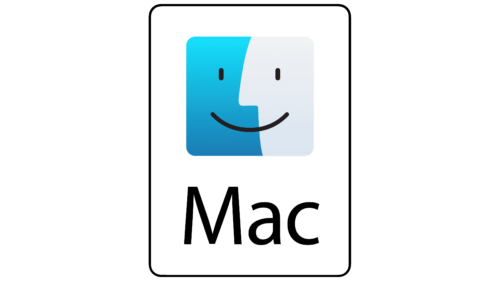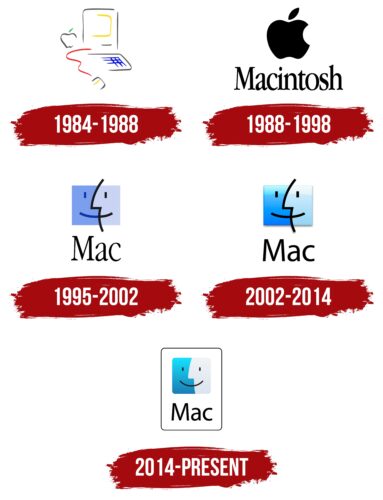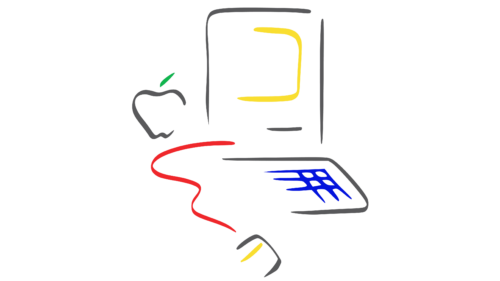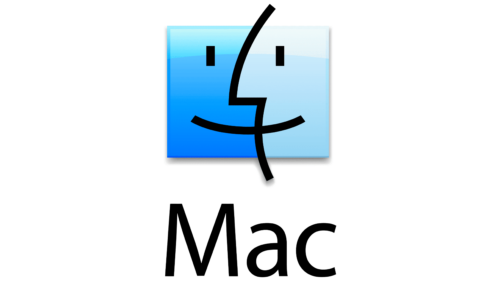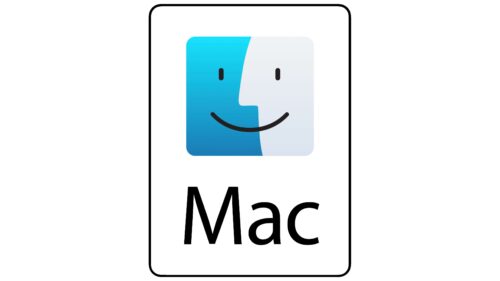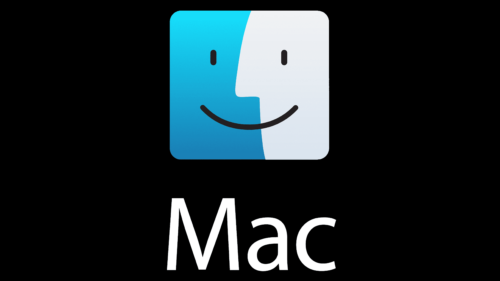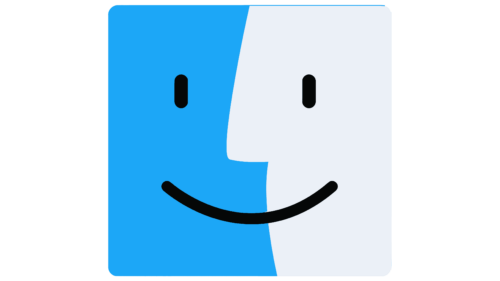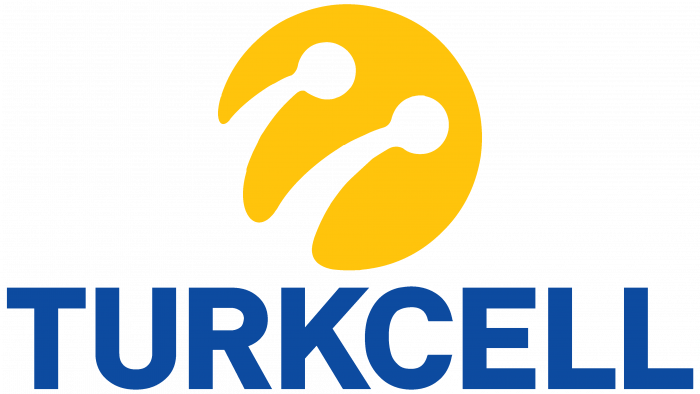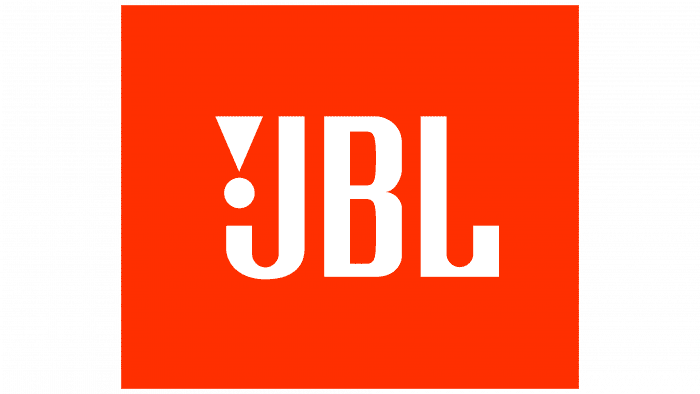The Mac logo, although heterogeneous, is attractive. In this way, its creators wanted to emphasize the friendliness of the technology. And they succeeded. The emblem features two smiling faces. They are geometrically accurately arranged between each other and united by a common frame. The symbol exudes confidence and cares for the users.
Mac: Brand overview
| Founded: | 1984 |
| Founder: | Apple Inc |
| Headquarters: | United States |
| Website: | apple.com |
Meaning and History
The creator of the Mac computer is business magnate, designer, and entrepreneur Steven Paul Jobs. He introduced it to the public in 1984. The basis for the PC was a graphical interface invented by the Californian company Xerox PARC. The developer was inspired by the concept of a research center that Apple was collaborating with at the time. He proposed an innovative digital product, later recognized by the New York Times as revolutionary.
The debut version of the all-in-one personal computer was initially called Macintosh. This name was suggested by Jef Raskin, an Apple representative who came up with the project for an affordable and easy-to-use PC. He named it after the McIntosh apple variety, which he loved very much. The name appeared before the digital device, in 1979, simultaneously with the start of work on it. A year before the launch of the novelty, the manufacturer obtained a license to use the word “Macintosh.” In 1986, the American company became the legal owner of the corresponding trademark. It bought it from McIntosh Laboratory, a company that produced audio equipment.
What is Mac?
Mac is a family of Apple-produced computers that includes desktop PCs and laptops. At its launch in 1984, it was named Macintosh and consisted of only one type of computer. The lineup has expanded significantly, and as of 2022, it consists of Mac Pro, MacBook Pro, Mac Studio, MacBook Air, Mac mini, and iMac models. Jef Raskin, under the guidance of Steven Jobs, developed the first version.
1984 – 1988
The earliest logo does not resemble the classic symbol at all. It looks more like an ordinary drawing. It depicts a monitor, keyboard, mouse, and apple. The lines are outlined, unfinished, and multicolored: gray predominates, but it is also complemented by cobalt blue, fiery red, sunny yellow, and green. This friendly emblem was used on the welcome screen until Mac OS 8.
1988 – 1989
Designers highlighted the apple and made it the main element of the logo. It became large and black, with a bitten edge on the right side. Below it is complemented by the inscription “Macintosh,” set in a narrow and tall font with sharp serifs.
1995 – 2002
In 1995, the era of the Finder icon began – a symbol that appears after the system is loaded. It accompanies the first application that opens on the PC. The emblem is friendly because it consists of two smiling faces drawn in a common rectangle. One of them represents the user (he is positioned in profile and turned to the left), and the second – is the computer monitor or laptop (located directly). They are separated by a figured black line. At the bottom, the word “Mac” is written in large letters, as the brand underwent a rebranding, and the name was shortened.
2002 – 2014
The logo became more uniform as designers replaced dark blue lines with black ones, visually uniting the right and left sides of the rectangle. As a result, the emblem gained brightness and expressiveness. In addition, developers used a smooth typeface, removing the serif font.
2014 – today
In the modern logo, a square replaced the rectangle, making the faces on it more proportional, although elongated due to the smaller area. The dividing line in the center disappeared, leaving only the inverted arc representing a smile. The colors took on new shades: gray and azure with a gradient. The lower inscription and graphic image are combined with a thin vertical frame with rounded corners.
The Mac logo evolved from a simple drawing into a classic icon. It became strict, professional, and allegorical with a broad hidden meaning. Such an emblem conveys the computer’s friendliness towards the user and the simplicity of operation.
Font and Colors
The first textual versions of the emblem used the Garamond typeface. Then, as a result of the redesign in 2002, it was replaced by Myriad Pro – a smooth, semi-bold, sans-serif font. This happened after the launch of eMac. The company’s color palette also transformed, moving from multicolored to more restrained. Now, the visual identity is built on a combination of gray, black, and azure blue with a gradient.
Mac color codes
| Bright Cerulean | Hex color: | #18aed8 |
|---|---|---|
| RGB: | 24 174 216 | |
| CMYK: | 89 19 0 15 | |
| Pantone: | PMS 312 C |
| Alice Blue | Hex color: | #e5ebf2 |
|---|---|---|
| RGB: | 229 235 242 | |
| CMYK: | 5 3 0 5 | |
| Pantone: | PMS 656 C |
| Black | Hex color: | #000000 |
|---|---|---|
| RGB: | 0 0 0 | |
| CMYK: | 0 0 0 100 | |
| Pantone: | PMS Process Black C |
